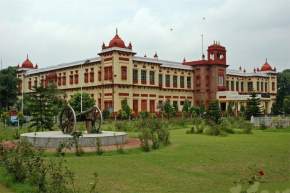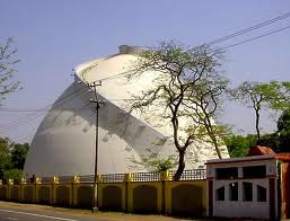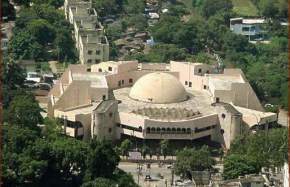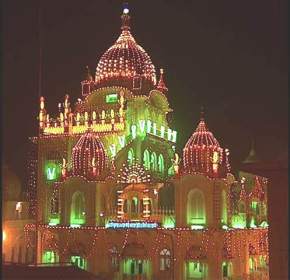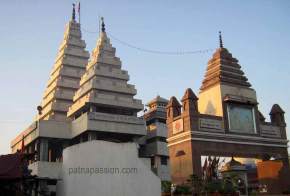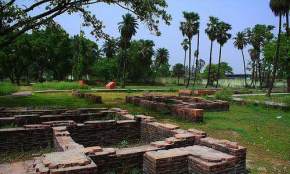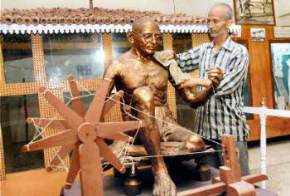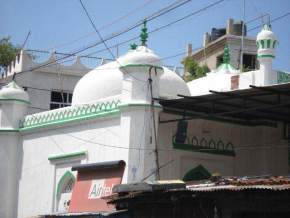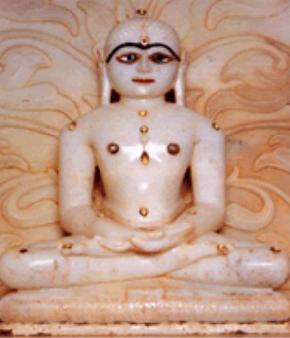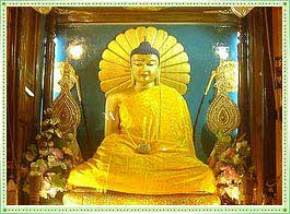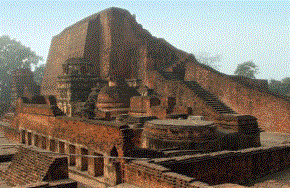History of Patna
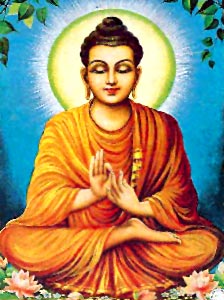
The city of Patna has a fascinating history. Legend has it that a mythological king Putraka created the city by magic for his queen Patali, meaning ‘trumpet flower’, giving it its erstwhile name Pataligrama around 600 BC. The Vedas, Puranas, Ramayana as well as Mahabharata all bear mention of this city dating back to over three millennia.
In the 4th century AD, Chandragupta Maurya established the city as his capital followed eventually by Emperor Asoka who is credited with transforming the state capital into a city of elaborate stone constructions. The first written account of the city by a Greek historian Megasthenes praised it to the skies as the greatest city on earth. The Sunga and Kanva dynasties ruled for a century or two before being taken over by the golden period of the Guptas and the Palas. The Mughal emperor Sher Shah Suri revived Patna in mid 16th century by building a fort and an entire town on the banks of the Ganges. By 1620, Patna had become ‘the largest town in Bengal and most famous for trade’.
The city was established as a hub of international trade in the 17th century by the English East India Company. The Champaran and Quit India Movements by the people of Patna are notably etched in history as paving the way towards Indian independence.


